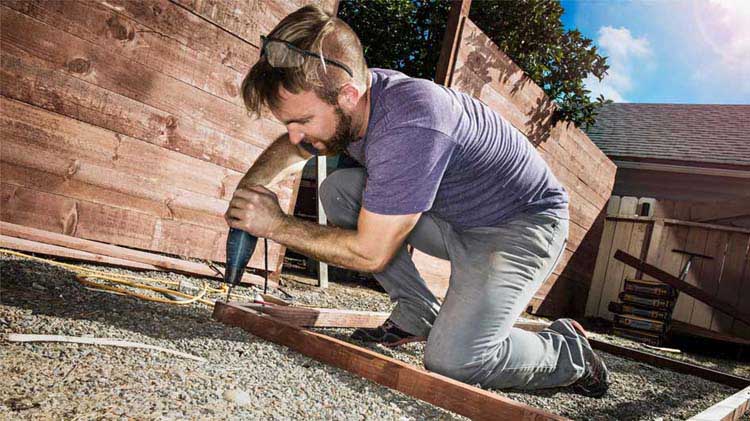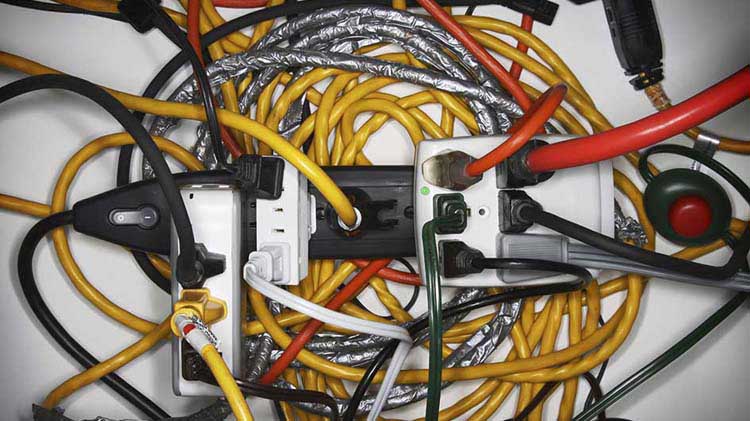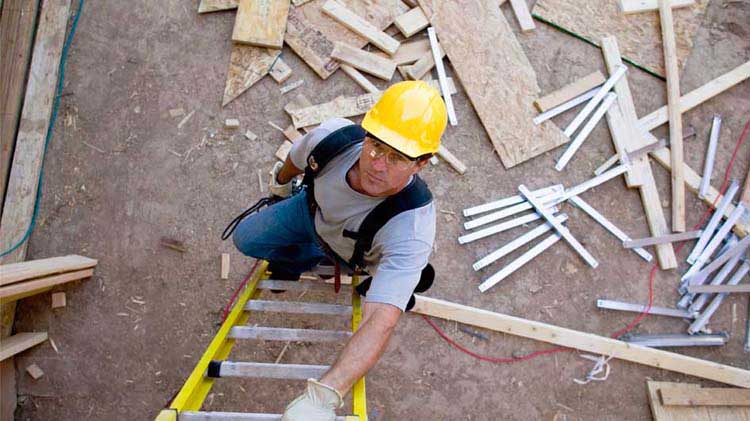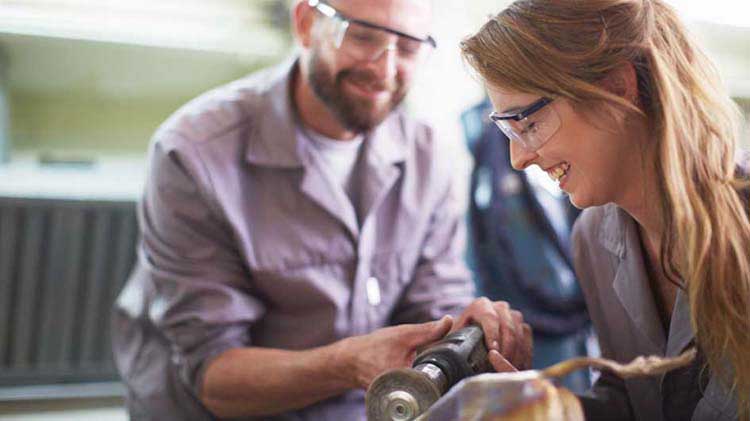How to use your hand tools more safely
Simple hand tool safety tips to help you choose and use your hand tools before you start your next DIY project, maintain them and protect yourself and others.
You may routinely reach for a hand tool when you have a job to do, but don't shortchange safety when you use it. Hand tools cause bruises, punctures, lacerations, broken bones and far more serious injuries each year. Hand tools and power tools cause thousands of visits to the emergency room yearly with some injuries resulting in long term disability and even death. Before you start your next project, review these tool safety tips:
Select the right hand tool
Choose the right tool for your next DIY job. You might believe you'll save time using the same tool for different tasks, but you could increase your chances for injury. It's important to use tools only for their intended purpose.
Each hand tool can come in various sizes, styles and designs suited for specific tasks or functions. For example, long-handled tools are best for jobs needing more leverage, and insulated tools are appropriate for electrical work. Because using a hand tool repeatedly may potentially harm your joints, muscles and nerves, consider the ergonomics of the tool:
- Choose a tool that fits your hand. For example, make sure the handles are not too long and does not feel awkward when you hold it.
- Look for friction on tool handles to enhance your grip.
- Opt for a more secure full-hand power grip over a finger grip.
- Avoid tools that could cut or pinch your hands when gripping them.
Use the right gloves
Make sure you select the right gloves for the hazard you might face. Protective gloves fall into the following general categories:
- Fabric or coated fabric gloves protect hands from dirt and abrasions, and fabric gloves coated with plastic help prevent objects from slipping out of your hands.
- Leather and canvas gloves protect your hands from minor cuts, scrapes, splinters and burns.
- Metal mesh Kevlar gloves protect against cuts and punctures from sharp objects.
- Aluminized and aramid fiber gloves protect against extreme temperatures.
- Chemical-resistant gloves protect against chemical hazards.
- Insulated rubber gloves help protect against electrical shock.
Follow these simple rules when using gloves to provide maximum protection:
- Select the right type of glove for the hazard. For example, gloves that provide a good grip can help protect your hands from cuts and blisters.
- Make sure the gloves fit your hands properly.
- Inspect gloves before each use for damage, and replace them if they have tears, holes or other minor defects.
- Make sure gloves are the right length for the job.
- Do not use fabric or leather gloves on liquid chemicals because the material will soak up the chemical.
- Remove gloves contaminated with hazardous substances safely, and dispose of them as directed.
- Clean reusable gloves regularly.
Use tools correctly
Even the right tool can harm you if you use it incorrectly. Read the manufacturer's safety instructions before using the tool. In addition, follow these suggestions:
- Cut materials at a 90-degree angle to avoid chipping the edge of the blade.
- Direct blades away from your body and others while cutting.
- Hold your wrist straight when using the tool.
- Keep your elbows low and slightly bent when using heavier tools.
- Use vises to secure your project.
- Avoid working in awkward positions that could injure your back.
- Don't expose your tools to extreme heat — it can make them brittle.
Maintain your tools
Before each use, examine tools for damage or potential hazards. Look for deficiencies such as cracks in handles, "mushroomed"heads on impact tools and worn-out springs. If any part of your tool is damaged, consider replacing it. Fixing or modifying your tools could prove dangerous.
After using tools, clean them and store them in a dry place to maintain their optimal lifespan. Learn more tips for maintaining your tools properly.
Protect your body
Don't start your project until you've donned the proper protective gear. The essentials include safety glasses or safety goggles and closed or steel-toe shoes or boots.
Practice caution with kids
It's best to wait until children are 12 or older before letting them into the workshop and to help you only with manual hand tools. Always stay close to your kids and lock up tools when you're not using them. It's also a good idea to equip your workspace with a first-aid kit.
Other hand tool safety tips
- Avoid carrying sharp tools in your pocket.
- Make sure you are aware of the people around you when you are using hand or power tools.
- Use a bucket or a container to carry tools while going up a ladder.
- Don't use tools when your hands are slippery (due to oil or grease).
Learn more hand and power tool safety tips from the Occupational Safety and Health Administration.




